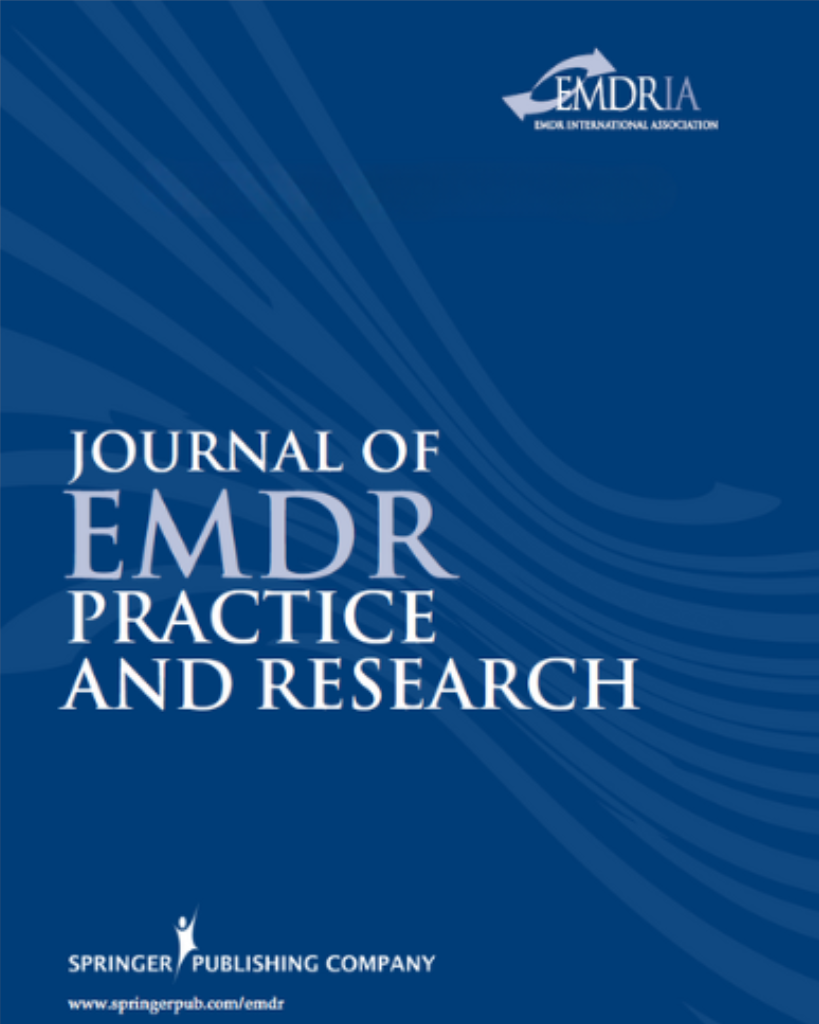Mindfulness, dissociation, EMDR and the anterior cingulate cortex: A hypothesis
This article presents hypotheses on the neurobiology of a mindfulness–dissociation continuum, including EMDR.
Article Abstract
“Hypotheses on the neurobiology of a mindfulness–dissociation continuum are presented. Crucial to the hypotheses are the observations of a reciprocal interaction between the cognitive and affective subdivisions of the anterior cingulate cortex and the unilateral activation of right anterior cingulate in hypnotic dissociation and in post-traumatic syndromes. It is proposed that the unilateral activation can cause a loss of the reciprocal relationship between the subdivisions and that in the case of peri-traumatic dissociation the subsequent syndrome responds to eye movement desensitization and reprocessing (EMDR) through restoration of the bilateral activation and reinstatement of the reciprocal relationship between the subdivisions. Bilateral activation of the cognitive subdivisions is proposed to underlie the attentional state of concentration mindfulness in which affect is well regulated.”
—Description from publisher
Article Access
Purchase/Subscription Required
Corrigan, F. (2002). Mindfulness, dissociation, EMDR and the anterior cingulate cortex: A hypothesis. Contemporary Hypnosis, 19(1), 8-17. https://doi.org/10.1002/ch.235
Date
March 1, 2002
Creator(s)
Frank M. Corrigan
Topics
Dissociation
Practice & Methods
Mindfulness, Neurobiology
Publisher
Wiley
Rights
Copyright © 2002 British Society of Experimental and Clinical Hypnosis
APA Citation
Corrigan, F. (2002). Mindfulness, dissociation, EMDR and the anterior cingulate cortex: A hypothesis. Contemporary Hypnosis, 19(1), 8-17. https://doi.org/10.1002/ch.235
Audience
EMDR Therapists, Other Mental Health Professionals
Language
English
Content Type
Article, Peer-Reviewed
Access Type
External Resource




